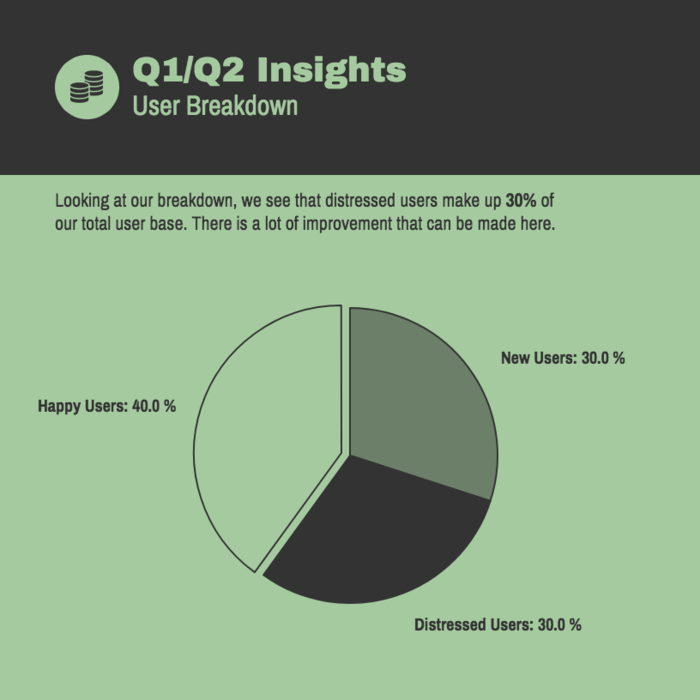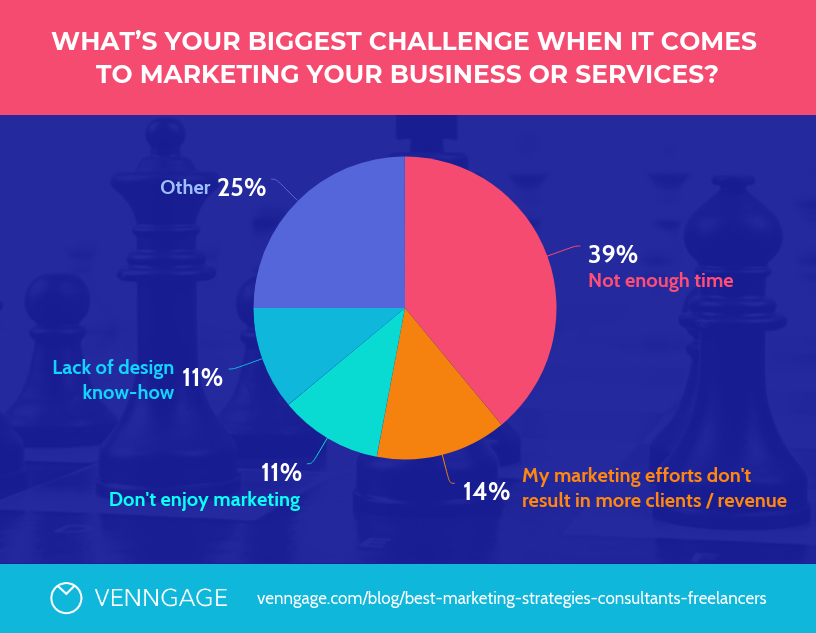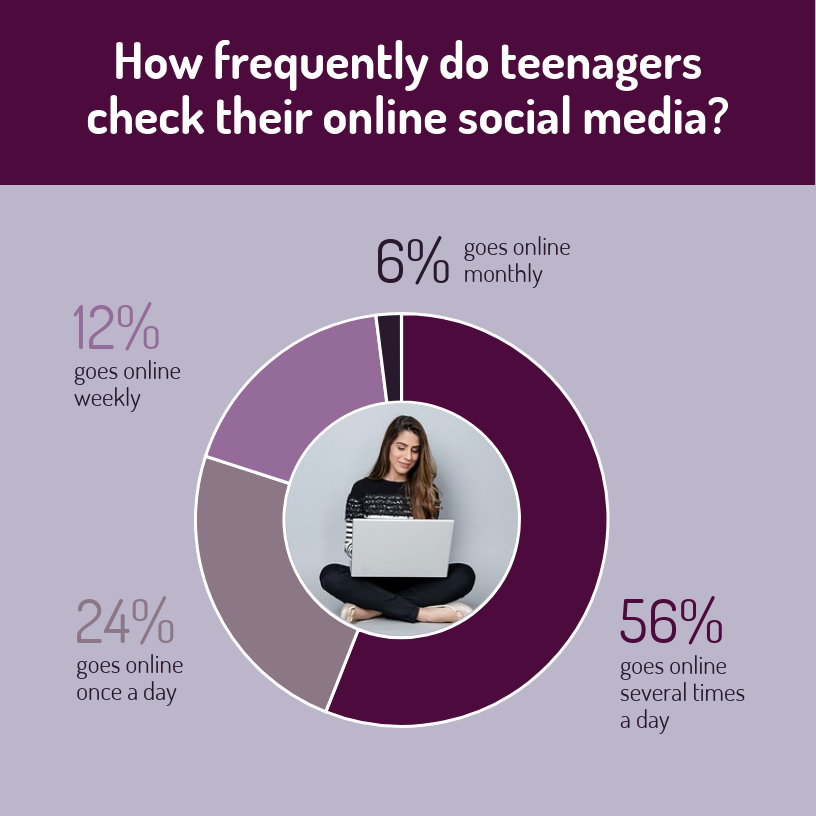Pie chart maker pros know that pie charts are great for quick and simple data representation. Pie graphs can be used in all sorts of cases: to compare parts of a whole, show how different items contribute to a whole, and more! But of course, there is always more than meets the eye. Using a pie chart effectively is about more than just knowing its form and function—it’s also essential to know some insider tips on what makes pies so darn effective at mapping out data sets.
1. Use “Parts of a Whole” Data Dictionaries
Pies get their power from making comparisons between aspects or components of elements that work together as part of an overall system or structure—that’s why they’re so popular with discussions on finance, political demographics, and so on.
Pie chart makers who are serious about their pies will want to always have a data dictionary on hand—a list of the different components of an item being discussed for reference. This way, pie makers can ensure that each element is discussed in its own section and represented by its own slice.
Pie charts are great at showing the breakdown of many parts into one whole—but they’re not so good at making comparisons across segments themselves! Ensuring that each comparison gets its own dedicated feature is one of the best things that pie-loving pros can do to improve their chart’s final product.
2. Keep It Balanced on the Graph Creator
As mentioned previously, easy pie graph makers work best when looking at how many parts make up a whole. Pie graph makers get their names from the circular shape used to depict this type of data set. In other words, pie graphs get their power from looking at relationships between components in the context of surrounding elements.
Pie chart pros will always want to keep any segment’s size concerning surrounding segments in mind when working with pie graph data sets. Each section in a given comparison needs to be represented by an equal slice to keep things balanced: if four pieces make up 20% of a single item, then all four segments should be just as significant—and just as visible—as each other! Pie charts can’t work if they’re not proportionally balanced—so pie-loving pros will need to be careful when working with their data sets.
3. Know When to Keep It Simple and Create Pie Chart Online
Even though pie graph makers are most helpful in showing how many parts make up a single whole, they can also be used for comparisons across different totals. Pie charts’ circular shapes lend themselves naturally to making comparisons between multiple items or topics at the same time—if they share any common factors in their makeup.
Pie chart makers who want to create multi-part pies might consider using colored segments to distinguish each section’s unique attributes, but creating multi-section pies is something that should be done with caution. For more advanced uses of pie graphs, pie creators would be wise to ensure that everything included within the graph itself is necessary for the conversation at hand.
4. Keep It Level-Headed in a Graph Creator Website
Pie graphs are based on data sets that look at many different parts of an item, concept, or topic—but they’re most useful when the elements they highlight are presented in isolation. Pie chart makers who want to ensure that their pies go beyond just being pretty graphics will always need to focus on the individual components rather than how those components interconnect.
Remaining focused on each section’s independent makeup is key to pie graphs working as intended! Any potential relationships between components can be discussed elsewhere or left out entirely—pie charts should always focus on providing an accurate representation of every component’s place within a larger whole.
5. Know When to Say When
Pie graphs are great for making comparisons across more critical topics or items. Still, pie chart pros will need to consider whether their desired outcome can be better represented by another type of online graph maker—and if its information is necessary. Pie-loving statistics junkies will want to remember that each segment should mean an equal amount of data for a pie graph to remain balanced and proportional.
Pie graphs work best when they’re clear, concise, and straightforward. So if there’s any possibility that the components being compared could become confusing or complicated within a given context, it might be wiser to use another kind of online graph creator!
6. Keep It Clear on How to Make Graphs

Pie charts are great visual tools for breaking down larger pieces into yet equally important parts—as long as the data being used within each piece isn’t too ambiguous. Pie lovers should never forget that their charts are just as helpful in highlighting intersections between components in a given comparison as they are for showing how many parts make up something bigger!
Pie chart makers who want to ensure that their graphical breakdowns are well-rounded will always need to keep in mind the various relationships being discussed when it comes time to create their final product. Those working with pie graphs should never forget that multi-section pies can be great, but only if all sections remain clear, concise, and proportional.
7. Make It Match on Pie Chart Maker

Pie graph creators looking to match other graphs might consider turning circles into standard bars or using lines instead of sectors. While color-coding works for some, it can be too distracting or complicated for others. Pie charts are great visual tools—but they’re only as valuable as the information they convey! Anyone using pie graphs to share data with co-workers, clients, or partners needs to remember that the parts play just as crucial of a role in pie graphs as the whole does. Pie chart makers who want their charts to accurately represent what they’re trying to say should always keep their focus on conveying specific components clearly and simply.
Read more about:
There you have it! Pie-lovers looking to make their charts as clear and concise as possible should always keep the following rules in mind. To have a great pie where everything adds up, you need to know all the ingredients first in Venngage!
Visit The Site: timebusiness

